Fun fact: There are more than one trillion bacteria living, crawling, and metabolising in and on our skin. Along with yeasts and parasites, these bacteria combine to form the skin’s microbiome.
And as much as the thought might turn your stomach (incidentally, the site of another key microbiome), these bacteria are important to prevent environmental damage, boost immunity, regulate pH levels, and keep our skin plump and dewy. As a result, bugs have become standard beauty-editor speak – with Lactobacillus plantarum and Bifidobacterium longum now (nearly) as commonplace in our skincare vernacular as Vitamin A and collagen.
So it makes sense that “good” bacteria such as probiotics, and their food source (prebiotics) are now making their way into skincare. The first step is “developing products that do not damage your microbiome,” says pharmacist Marie Drago, founder of Gallinée skin — and then to feed your skin with pre-, pro- and postbiotics. “It’s not a trend, it’s a revolution!” she adds.
What’s the difference between pre- and probiotics?
“Probiotics are microorganisms that help balance our “good” and “bad” bacteria, which helps strengthen the immune system,” explains Katy Bacon, sales and education manager for skincare brand Murad. When applied topically (via skincare) they influence the composition of the skin’s microflora.
Probiotics contain live cultures, while prebiotics include compounds that feed existing skin bugs and help them to thrive (a bit like fertiliser). Postbiotics are the “by-products” of probiotic bacteria and help maintain the skin’s balance. (Confused yet?)
How are our skin and stomach health aligned?
If it seems like exemplary gut health has become a sort of beauty goal of late, you’re not wrong. The two share a symbiotic relationship. When we ingest probiotics from fermented foods like kombucha (kimchi or kefir) or take them in a supplement form, they add to the microflora in our stomach that’s required for a healthy intestinal barrier.
If a course of antibiotics or a patch of junky eating upsets the balance of bacteria in our gut, toxins once destined for excretion may leach into the bloodstream. This ignites inflammation throughout our bodies, but most visibly in our skin, leading to breakouts, rashes, eczema and more. Drago refers to this link as the ‘gut-skin’ axis.
What are the benefits of pre- and probiotics to our skin?
Just like eating pre- and probiotic-rich foods is beneficial to our gut health, the same can be said for pre- and probiotic-rich skincare for skin health. “It is important to understand that skin is in a constant state of flux and must contend with daily assaults such as pollution, environment, skincare products and diets,” explains Bacon. The correct pre- and probiotic skincare choices can help shield, protect and replenish our skin’s microbiome.
So if you’re keen to try these active skincare ingredients, these are our top picks.
Prebiotic Skincare
Aveeno Dermexa Moisturising Cream, $18
This cream contains oats, which act as a powerful prebiotic, feeding the skin’s bacteria and encouraging a robust microbiome. In a clinical trial, participants with mild to moderate eczema experienced improvements in skin PH levels, improved barrier function and dramatically increased hydration (266 per cent according to the study).
La Roche Posay Lipikar Balm AP+ Intense Repair Moisturising Cream, $29.99
This super-nourishing body cream contains thermal spring water, which functions as a prebiotic. The water’s unique characteristics, including its pH and selenium content, have been shown in clinical studies (run by the brand) to cultivate the growth of healthy strains of bacteria while keeping bad bugs at bay. Recommended for sensitivity and eczema.
Murad Prebiotic 4-in-1 Cleanser, $58
This facial cleanser is ideal for dry, dehydrated skin as well as those of us who want to improve their skin tone and texture. The gel-to-oil formula is made with prebiotic hydrating sugars that help feed the skin’s good bacteria for a balanced microbiome and healthier-looking skin.
Korres Greek Yoghurt Nourishing Prebiotic Gel-Cream,$55
This super-hydrating gel-to-cream moisturiser melts into tired skin and utilises the prebiotics (Lactobacillus acidophilus) in Greek yoghurt to plump, protect and hydrate dull complexions.
Juice Beauty Prebiotix Hydrating Gel Moisturiser,$79
Vegan friendly, with sustainable packaging and organic ingredients, and not to mention prebiotic rich (Lactobacillus Ferment Lysate, lactobacillus ferment and lactobacillus), this lightweight lotion ticks a lot of boxes. Gives a luminous glow.
GlamGlow Berryglow Prebiotic Recovery Mask $76
Turn around tired skin with this creamy mask that helps soothe redness, restore radiance, and boost skin health, thanks to antioxidant-rich berries and probiotic ferment.
Probiotic skincare
Biossance Squalane + Probiotic Gel Moisturiser, $80
A gentle moisturiser that calms and soothes the skin. Infused with the probiotic ingredient Lactococcus ferment lysate, it helps restore the skin’s balance and renew the skin barrier.
The Beauty Chef Skin Refiner, $69
A bioactive wholefood extract that’s made from lacto-fermented powders. These powders are sourced from a mix of grasses, algae, spices, seeds, and herbs, and work together to exfoliate and hydrate the skin as well as stimulate new collagen.
Gallinée Face Vinegar $16, for 50mls
Best applied after cleansing and before serums, this gentle (yet strong smelling) toner helps protect and strengthen the skin barrier with Actibiome (a prebiotic to calm complexions), Hibiscus Vinegar (an AHA) and the brand’s signature triple probiotic complex – a blend of pre, pro and postbiotics.
A soap-free and PH-balancing bar (for face and body) that utilises the triple probiotic complex (see above) to clean, hydrate and repair the skin.
CREDITS
Photography: Georgina Egan
Styling: Melissa Drennan




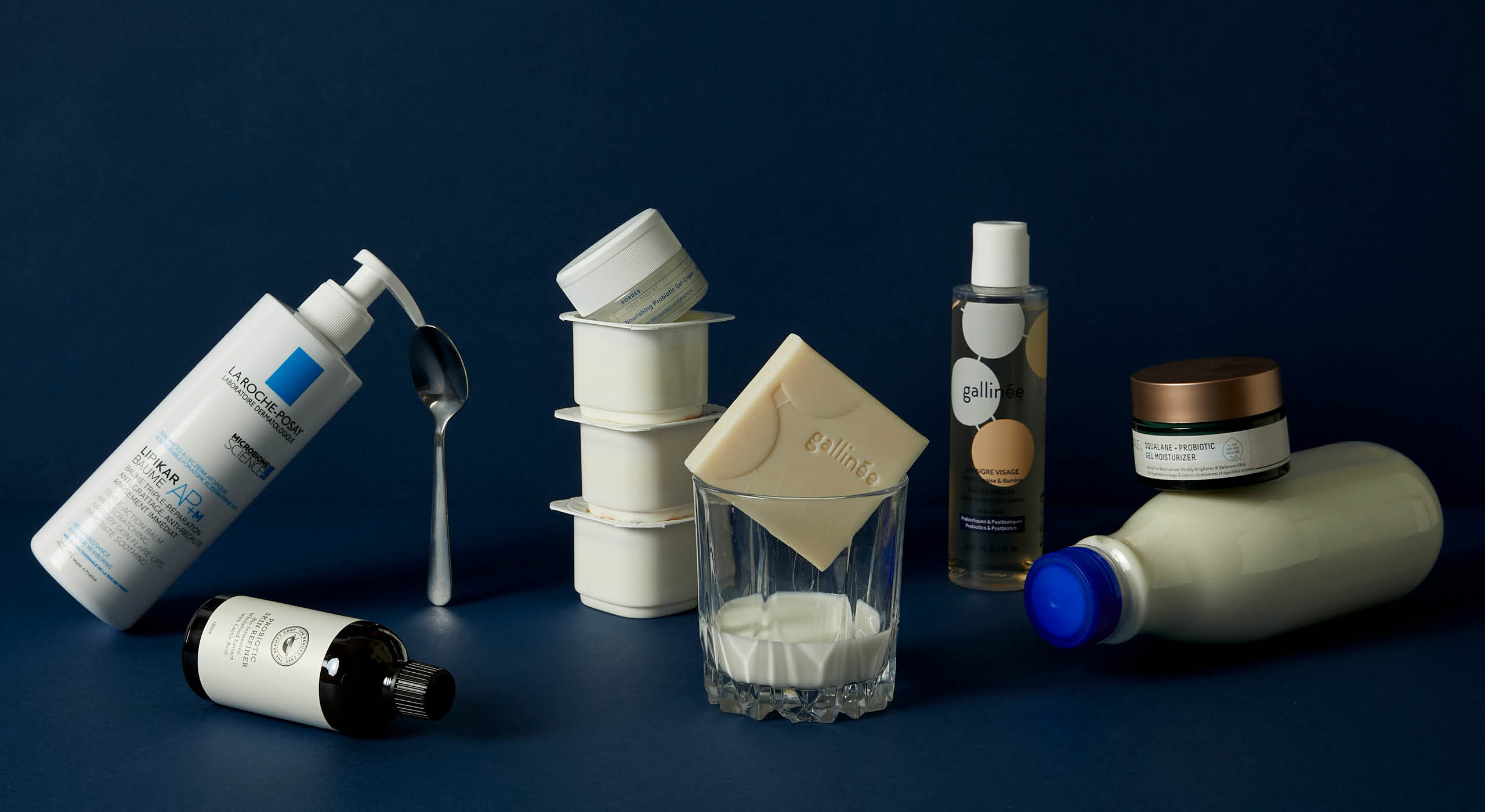
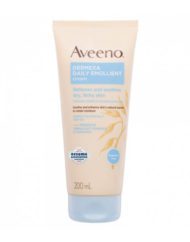
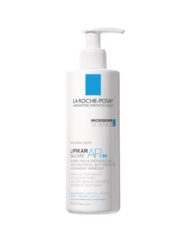
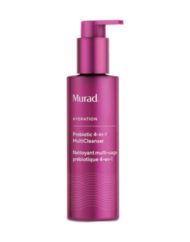
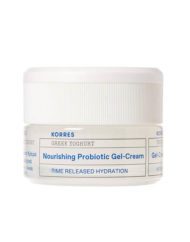

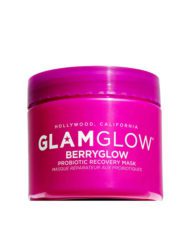
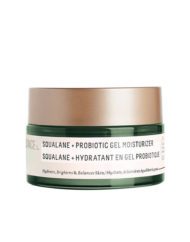
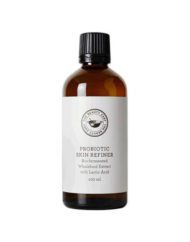

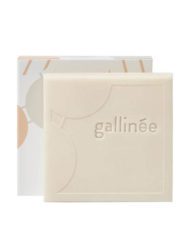



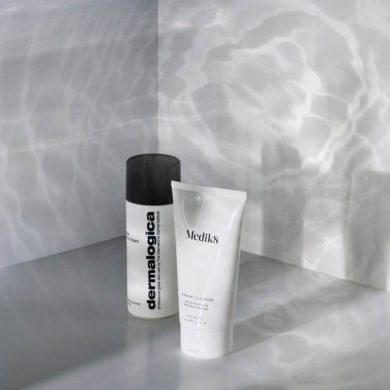




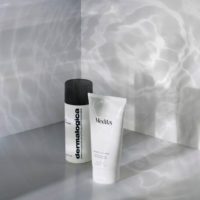
No Comments